Architectural services
for your heritage project
We offer comprehensive architectural services that are tailored to your unique heritage project needs. We understand that every project is different, and that’s why we put together a team of building professionals ready to help you. Whether you need historic building cost consultants, conservation engineers, or conservators of stone, wall paintings, or timber, we have the right experts for your project.
We will guide you through every step of the process, from the beginning of your project to its completion. We take pride in building long-lasting relationships with our clients, and we are always here to assist you, even when faced with challenging and complex maintenance issues. Let us help you bring your heritage project to life with our expertise and experience.
WHAT WE DO
Understanding your needs
We recognise the importance of taking time to listen, engage, consult, offering options and solutions. Forging close working relationships with our clients is a key part to a successful project.
We can help guide you through conflicting requirements, assist in unravelling complex problems and identify priorities. Building projects can be challenging but we try to take the stress out of them so that they are enjoyable and rewarding.
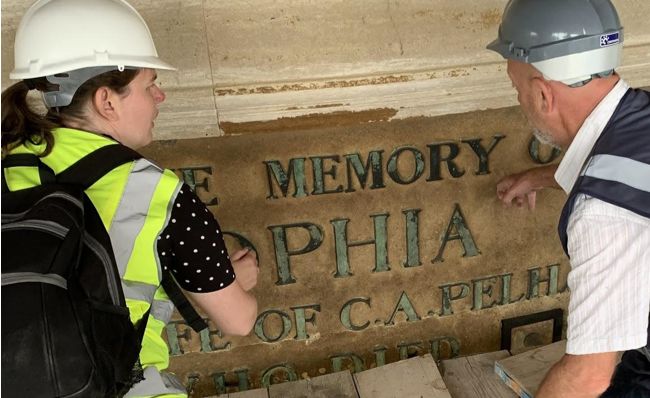
Historic Building Analysis and Reports
Detailed research and investigation are required to understand a historic site. Our skill is in recognising where specialist investigation and research is required and in analysing information to help understand the history and development of the site, why defects occur, and also to inform appropriate solutions to repair and adapt.
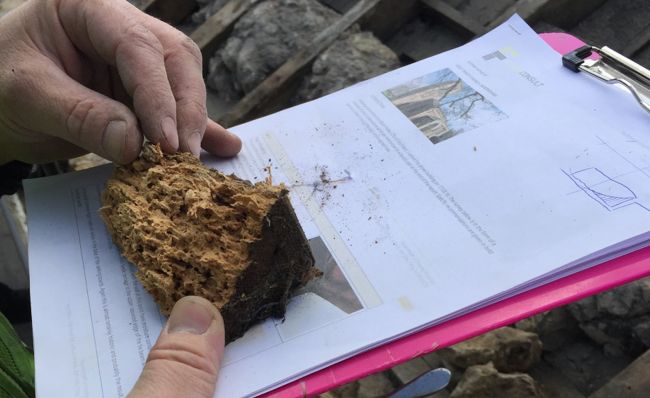
Condition Surveys and Quinquennial Inspections
To evaluate the condition of a building and determine any defects, it is recommended to conduct a condition survey. The survey report includes recommendations for further specialist surveys and identifies the areas that require attention. We categorise the building defects based on their urgency and significance, which will help to determine which parts of the building should be addressed first.

Feasibility Studies and Options Appraisals
We carry out studies and sketch proposals to look at how your buildings can be adapted for current and future needs. Many old buildings have stepped access or lack the amenities that we come to expect today. Finding ways to make entry into the building easier, incorporating toilets, kitchens, heating and lighting and providing flexible use spaces are all important to give historic buildings a future.

Conservation Plans and Heritage Assessments
The undertaking of historical research and architectural analysis is a key part of our work. This results in the production of conservation management plans, statements of significance and heritage statements to help you appreciate the significance of elements of your buildings or site, and also keep statutory bodies involved in the future conservation of your heritage asset, smoothing the way to future developments.
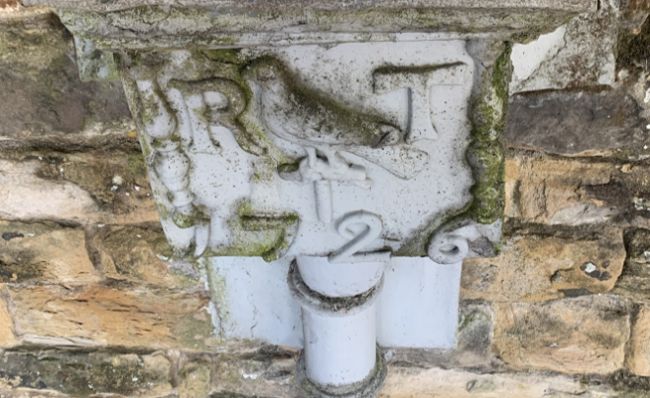
Building Conservation and Repairs
The repair programmes for a building must be tailored to suit budgets, from small areas of lime pointing and stonework repair to major conservation involving a large team of professionals. Scaffolding costs should be considered, especially for hard-to-reach areas, and it is best to group high-level repairs together to avoid re-erecting the scaffolding in the future. Repairing details on a like-for-like basis may not always be appropriate, and improved details that can cope with modern rainfall patterns could be considered to prevent defects from recurring.
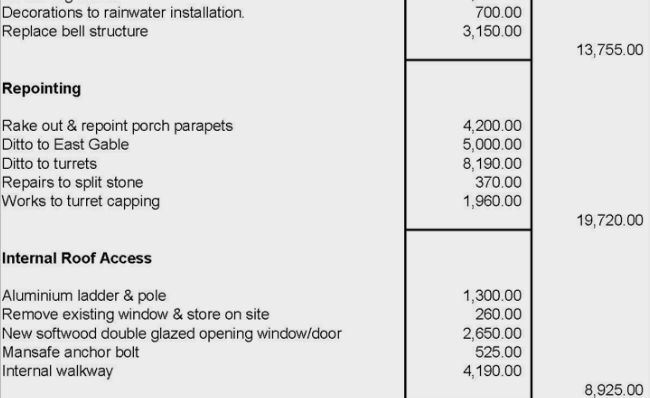
Tendering, Specifications & Schedules of Work
To facilitate tendering and construction, clear technical information is necessary and can be achieved through annotated reports, drawings, and presentations. Budgetary constraints are an ongoing consideration, and early cost estimates and schedules of work help ensure that work can be afforded and monitored. Appointing a cost consultant, such as an experienced quantity surveyor, can aid in accurately costing repairs and alterations to historic buildings.
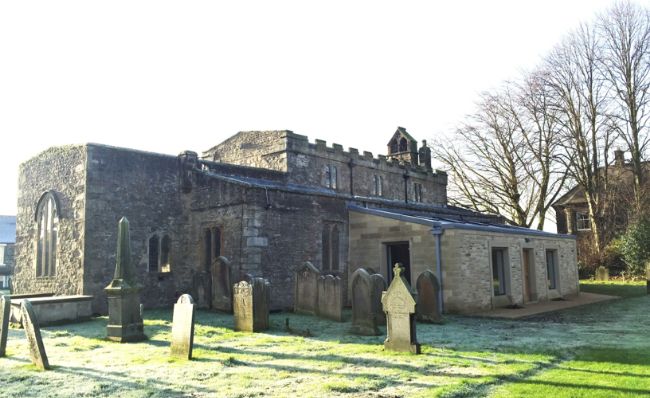
Alterations and Extensions
Making changes to a historic building can be intimidating. Our team of skilled designers can determine appropriate interventions and work with you to find a fitting solution. We also collaborate with other designers and craftspeople to commission lighting, furniture, and fittings for your building.

Funding Advice and Grant Applications
We know that grant funding is often the key to making projects a reality. That’s why we’re here to help guide our clients towards the best funding options and support them every step of the way. We’re no strangers to the grant application process and have experience liaising with funders on behalf of our clients. From filling out forms to providing updates, we’re here to help meet all funding criteria and make sure your project has the best chance of success.

Consultees and Community Engagement
Collaboration and consultation are essential components of our projects. We work closely with interested groups such as Historic England, SPAB, The Victorian Society, and CBC to ensure the best outcomes for our clients. For churches, where many of our projects are located, we often work with client groups made up of volunteers who represent local interests and societies. We also host community engagement workshops and open heritage days to provide skills training. As project leaders, we negotiate on behalf of our clients and oversee the entire process, from the briefing and design stages to regulatory compliance and stakeholder liaison.

Statutory Applications and Consents
Listed buildings, including churches, can sometimes be modified or extended as long as they adhere to statutory guidelines, such as Listed Building Consent or Faculty. Balancing historical significance with functionality, condition, and feasibility is crucial in obtaining approval. Our team can guide you through the process by understanding Listed Building Consent and Diocesan guidelines, collaborating with authorities, and preparing Statements of Need, Statements of Significance, and Heritage Impact Assessments. Let us assist you in navigating the approval process for your major projects.
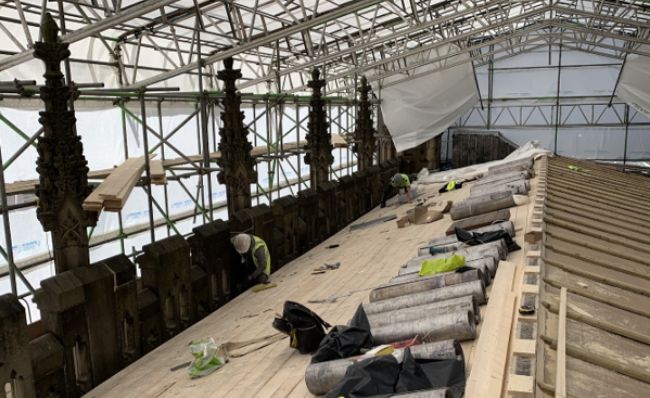
Contract Administration and Project Management
We can assist with preparing and reviewing contract documents and ensuring the contractor has proper arrangements in place before construction starts. During construction, we monitor progress and provide advice on cost, quality, and design changes. We certify work at different stages for payment and suggest necessary modifications. However, unforeseen issues may arise during construction that can affect project costs and timeline. Therefore, we suggest contingency planning through setting aside a contingency figure or creating a list of items of lesser priority that can be completed later if project costs increase unexpectedly.
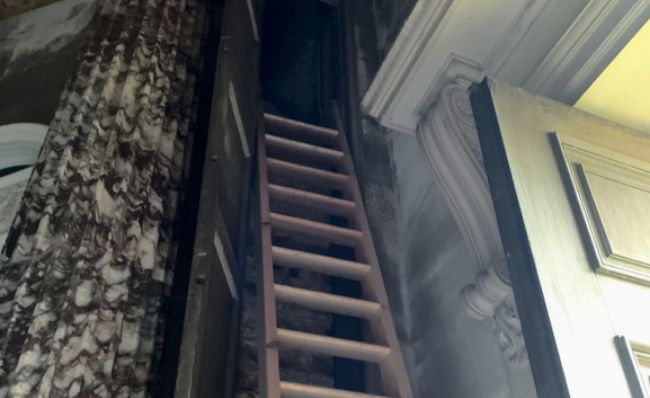
Maintenance Plans and Strategic Programmes
Maintenance of historic buildings is crucial in preventing costly defects from developing. Difficult-to-reach high level areas often pose a challenge to maintenance efforts, causing moisture to seep into the building and leading to deterioration. To help with budgeting, costed maintenance plans can be produced to lay out a month-by-month timetable for checking key areas of the building. Health and Safety is also considered when planning construction or maintenance works. 10-year strategic plans can be produced to outline a long-term programme of repairs and improvements. This proactive approach can be more preferable than dealing with defects as they occur on a reactive basis.
Our fees vary depending on the nature and complexity of each project. For larger projects, our fees are usually a percentage of the construction cost, while for smaller projects, we offer flexible hourly rates. We also provide separate fees for condition surveys and reports that aren’t part of a project.
Please note that our current fees include a 20% VAT charge. However, Ecclesiastical clients may be able to recover the VAT through the Listed Places of Worship Grant Recovery Scheme.
Let’s work together
We would love to hear from you and discuss how we can help you with your heritage project or conservation issues. Whether you need a general chat about your project or have specific concerns about your building, we are here to provide expert guidance and support. Our experienced team of professionals can offer tailored solutions to meet your needs, and we pride ourselves on delivering high-quality work and building long-term relationships with our clients.
Contact us today to find out how we can work together to achieve your goals.